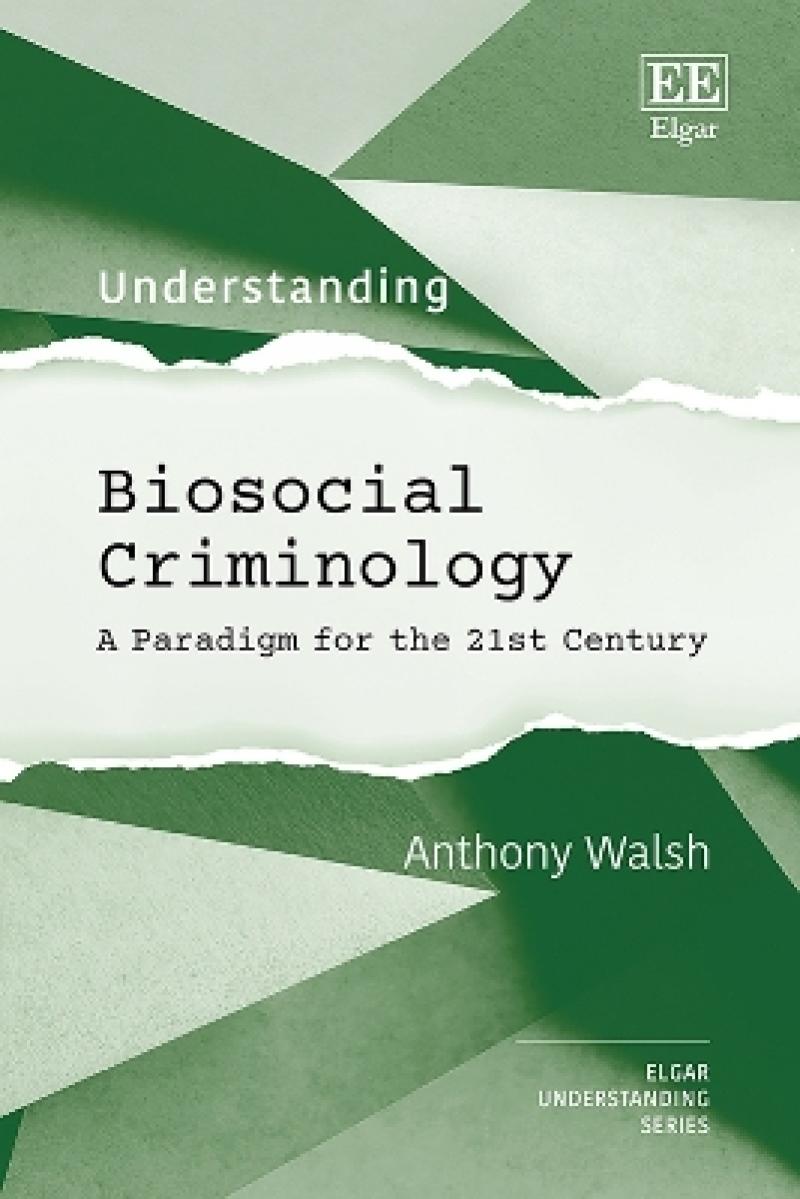<i>‘Biosocial criminology represents the future of criminology in that it seeks to understand how we as bio-psycho-social beings interact with our environment (and vice versa). However, there are various subareas of biosocial criminology, such as evolutionary psychology and epigenetics, that makes it difficult for newcomers to understand the relationships between disciplines. This book introduces readers to all areas of biosocial criminology while encouraging readers to recognize how these concepts can be folded into current criminological theories and common criminological findings. Dr. Walsh’s command of the material helps readers understand the foundations of biosocial criminology while appreciating the nuances of the topic.’</i>
- Jamie Vaske, Western Carolina University, US,
<i>‘With this book, Tony Walsh continues to chip-away at mainstream criminology's continued reluctance to incorporate biosocial accounts into explanations of criminal behaviour. By presenting an easy to read, easy to understand, eloquently written, book, he builds a solid argument for why it is important that criminology incorporates biosocial understanding. The book is essential reading both for those yet to discover “biosocial criminology” and for those with a basic understanding who wish to progress their thinking. In my opinion, </i>Understanding Biosocial Criminology<i> removes another brick from the wall of resistance put-up mainstream criminology.’</i>
- Jason Roach, University of Huddersfield, UK,
<i>'Dr. Anthony Walsh, a prominent figure in biosocial criminology for over four decades, presents his latest work, </i>Understanding Biosocial Criminology<i>. In this book, he takes a comprehensive look at human behavior, with a particular emphasis on the dynamic interplay between biological and environmental factors. </i>Understanding Biosocial Criminology<i> encourages readers to adopt a holistic approach to understanding the complexities of criminal behavior. Dr. Walsh's extensive experience and dedication to the interdisciplinary field of biosocial criminology are evident throughout this thought-provoking work.’</i>
- Danielle Boisvert, Sam Houston University, US,
Examining the core correlations between criminal activity and the identifying characteristics of age, sex, race, intelligence and poverty, Anthony Walsh contends that the biosocial perspective is criminology’s future as it encompasses all relevant factors that influence human behavior, from neurons to neighborhoods. Walsh draws from evolutionary biology, genetics, and neurobiology to emphasize that in order to understand the traits and behaviors of any species, it is necessary to inquire about their function, phylogeny, ontogeny, and causation. Offering a unique perspective, Understanding Biosocial Criminology concludes that the environment is deeply involved in behavior, yet also insists that humans are not simply reactors to externalities.
Uniting the biological and social sciences, this book will be an interesting read for academics, students and researchers in criminology, social psychology, and sociology and sociological theory. Its insight into criminal behavior will also be of interest to professionals and practitioners working in the legal field.

